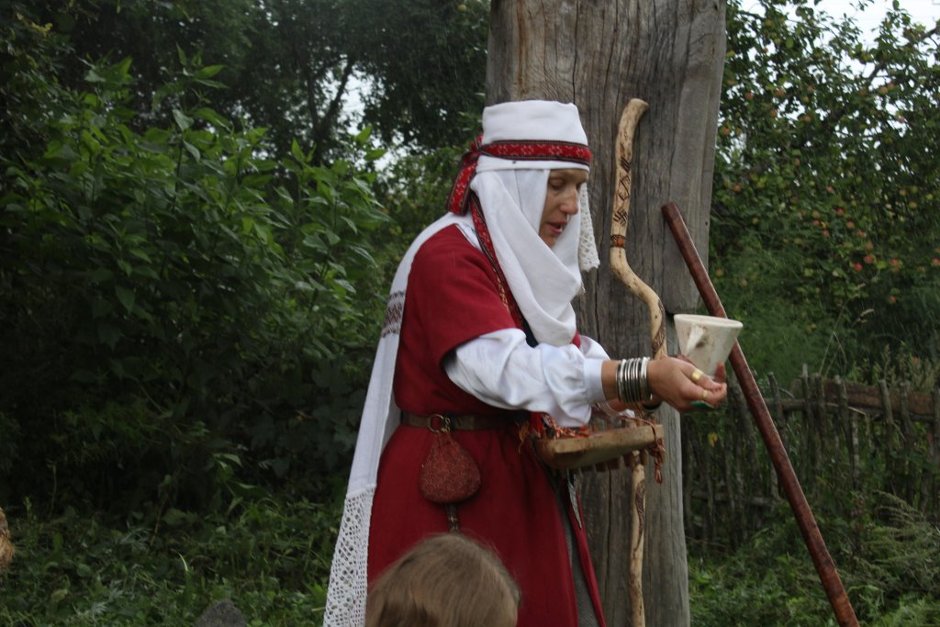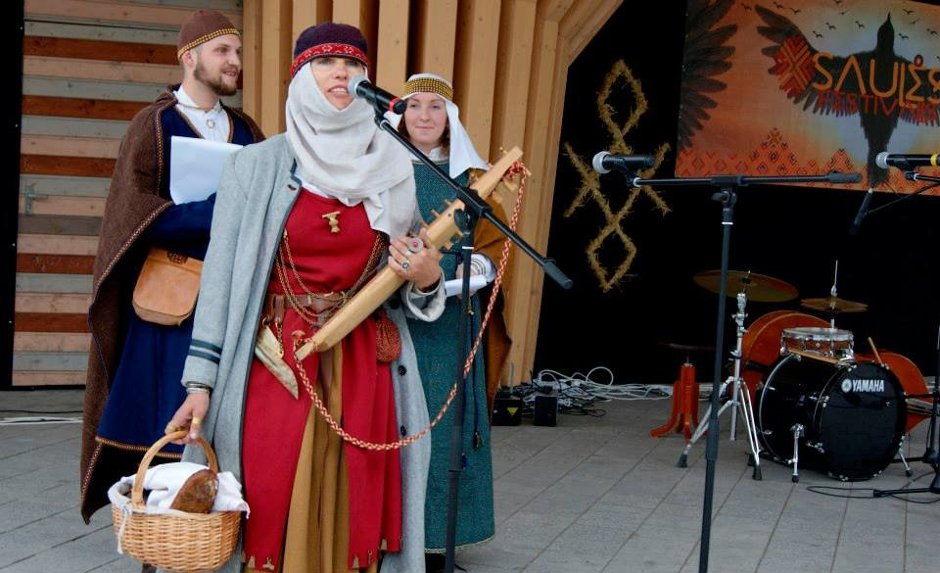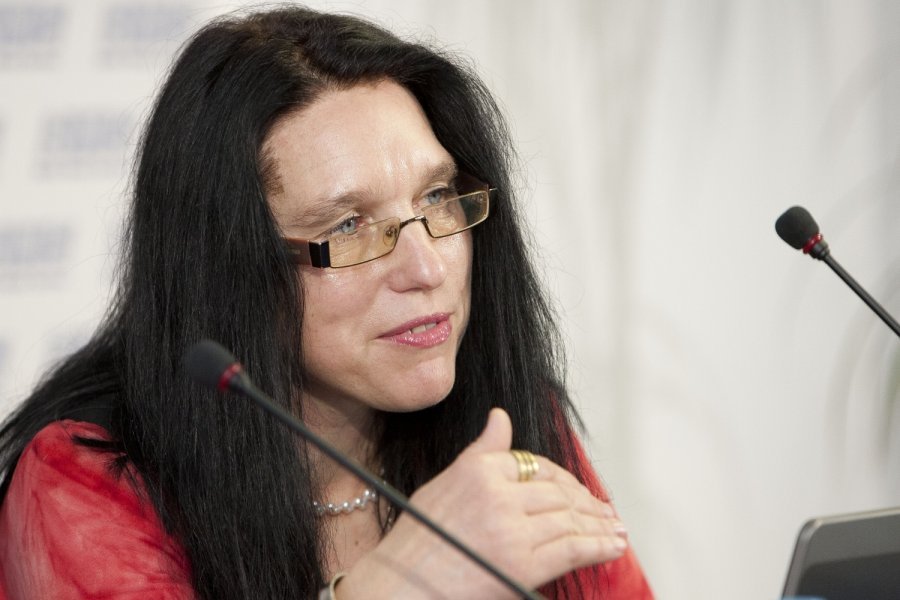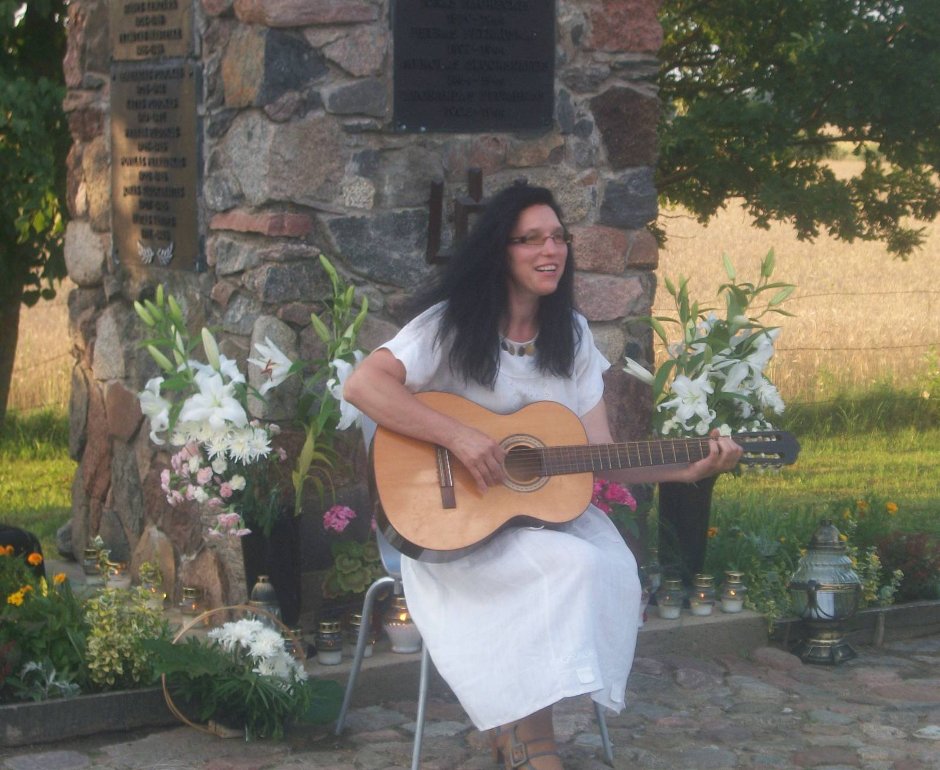Lygiadienis – tai pavasario šauksmas. Susilyginimas diena – naktis. Pamatymas savęs iš šalies. Pamatyti kitą pusę mėnulio.
Maginis veiksmas prišaukti pavasarį.
Garsiai šaukiant Jori, Jore, Lado, laduto, prišaukiamas pavasaris, šiluma.
Joris, Jorė – taip vadinama pirmos žalumos suasmeninta (personifikuota) būtybė. Gentys, gyvenusios dabartinėje Lietuvos, Lenkijos, Latvijos, Rusijos teritorijoje taip vadindavo.
Kai prasikala pirma žolė, tai jau galima kuolą kalti. Žemę gali apvaisinti tik Perkūnas, griausmas, Dundulis. Jis sudrebina žemę, jis apvaisina, kad atgimusi Žemė vėl duotų vaisius.
Kai sugriaudžia pirmą kartą, tai jau galima maudytis, kasti, sodinti. Nauji metai. Nauja žaluma. Todėl gaunama su šaukštu per kaktą.
Jaunieji vestuvėse turėtų gauti su šaukštu per kaktą, nes pirmą kartą tai vyksta.
In mythology, the equinox is often associated with the changing of the seasons, the cycles of nature, and the balance between light and dark. Here are a few examples:
- In ancient Greek mythology, the equinox was associated with the goddess Persephone, who was the daughter of Demeter, the goddess of agriculture and harvest. According to the myth, Persephone was abducted by Hades, the god of the underworld, and taken to his realm. Demeter was so grief-stricken that she caused the plants to wither and die, leading to a famine. Eventually, a compromise was reached, and Persephone was allowed to spend half the year with Hades and half the year with her mother. The equinox was said to mark the transition between these two periods.
- In Egyptian mythology, the equinox was associated with the god Ra, who was the sun god and the creator of the world. The equinox was said to mark the day when Ra crossed the sky and entered the underworld, where he would battle the forces of chaos and darkness. This battle was said to be won each day, as Ra emerged victorious and rose once again into the sky, bringing light and warmth to the world.
- In Norse mythology, the equinox was associated with the god Odin, who was the ruler of the gods and the god of wisdom, poetry, and war. According to the myth, Odin sacrificed himself by hanging from the world tree Yggdrasil for nine days and nine nights, in order to gain knowledge and wisdom. On the ninth night, he received a vision of the runes, the magical symbols that were used for divination and spellcasting. The equinox was said to mark the day when Odin made this sacrifice, and it was celebrated as a time of spiritual renewal and insight.
These are just a few examples of the many myths and legends associated with the equinox in various cultures and traditions.











